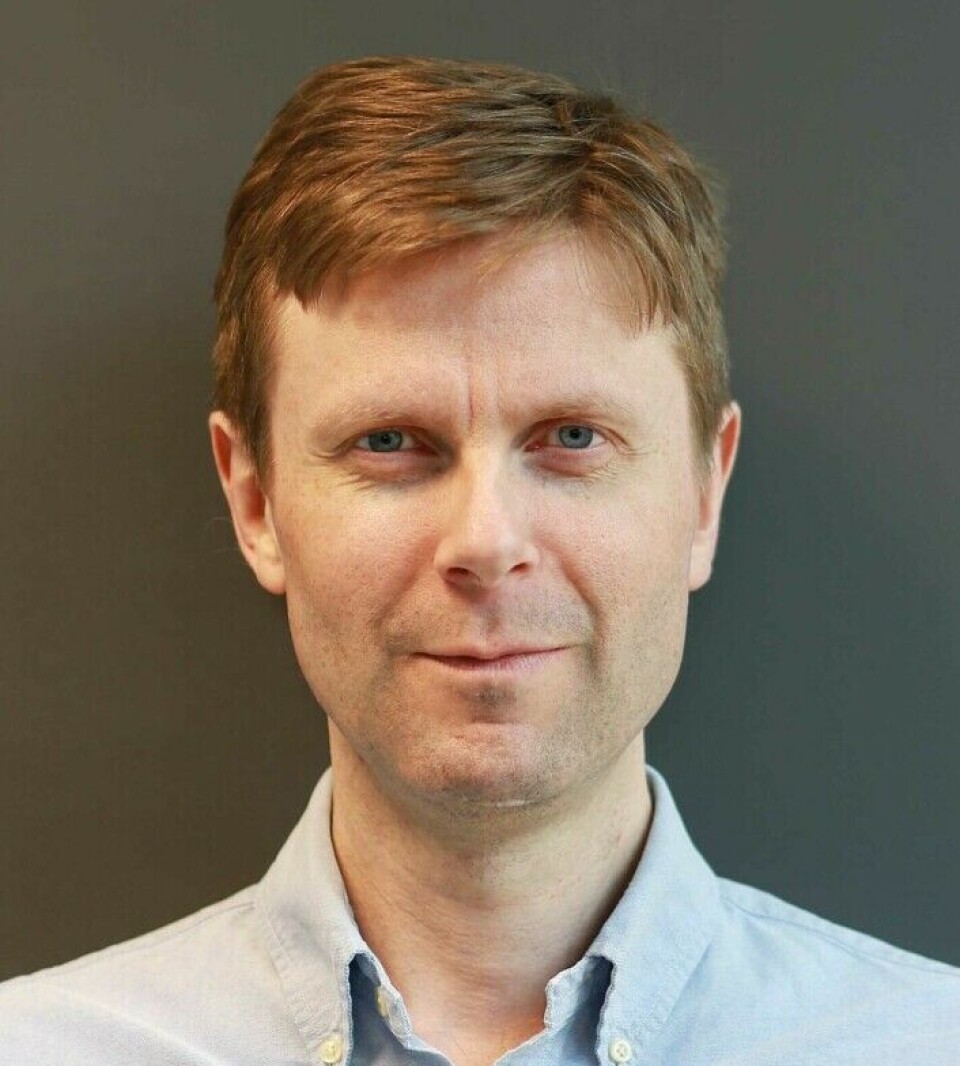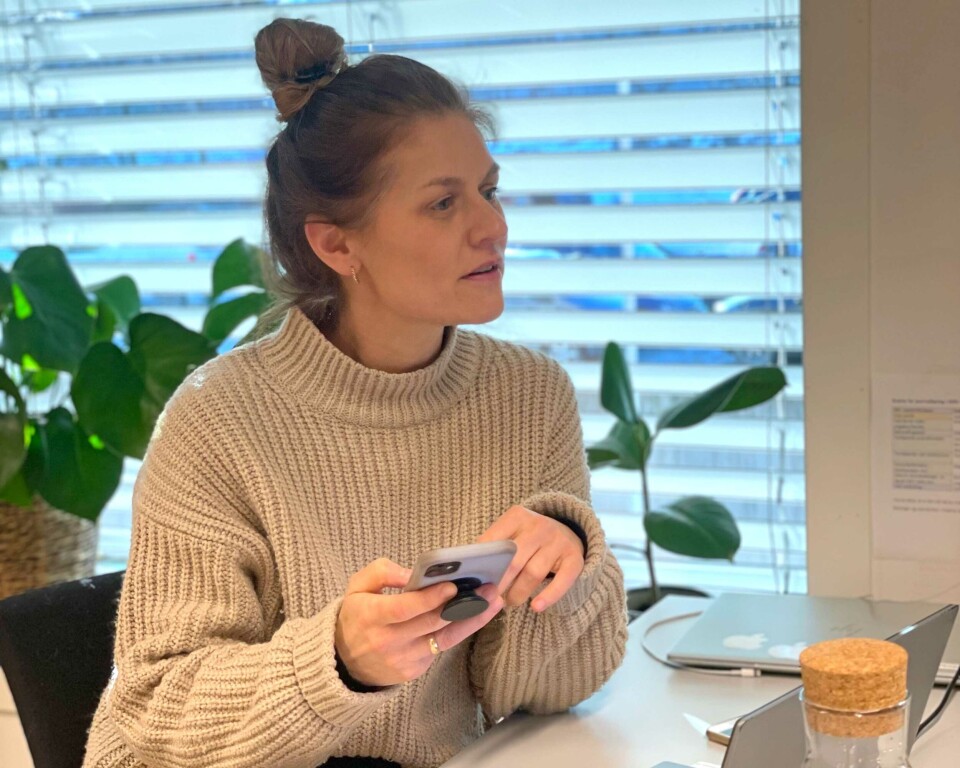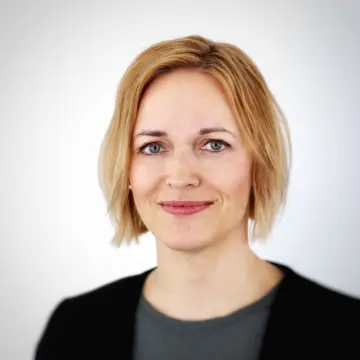THIS CONTENT IS BROUGHT TO YOU BY the Norwegian centre for E-health research - read more

The teams that help people with mental health problems struggle with digital issues
FACT teams meet people with serious mental health problems where they are, so that more can avoid being admitted to psychiatric hospitals. But the digital systems are far from optimal.
FACT teams meet people with serious mental health problems where they are and follow them up over time. Employees are happy to work flexibly, but they want digital systems that communicate better.
According to the Norwegian Labour and Welfare Administration (NAV), around one in three people on disability benefits have a mental health problem (link in Norwegian). The FACT teams are there to help.
Fall between the cracks
“We're easy for young people to get hold of. For instance, we give them our mobile phone numbers. We work flexibly and thus differently from many other health and social services. Many end up with us because they have fallen through the cracks in the system. They have often been referred several times to the child and adolescent psychiatric outpatient clinic,” Åshild Bergstø says.
She is the team leader at FACT Young in Nesodden, Eastern Norway. The municipality is one of the pilots for this type of treatment. They launched the service in 2020.
Bergstø explains that they follow up youth in their local community over a longer period of time. In addition to dealing with mental health problems, most of them need help to cope with other aspects of their lives. This may include school, work or leisure time, and relationships with friends and family.
“If life feels better for a while, we still don't leave them by themselves. They know that we are there in case things get tough again. Then they don't have to get a new referral, as has often been the case for this target group. Everyone can make a positive change if the support is provided at the right level and is long-term,” she says.
Experiencing and developing
FACT employees are constantly gaining experience in their daily work, which helps to develop and improve the service. Researchers also monitor what works well with the treatment method and where there is potential for improvement.
Erlend Bønes, a research fellow at the Norwegian Centre for E-health Research, is a civil engineer. He is studying the needs that employees have for digital tools in their communication with each other, with users, and with other partners.
Bønes has interviewed FACT staff in several locations in Norway, including Åshild Bergstø and her team. In his doctoral work, he has looked at the problems employees have with information and communication technology. He wants to help create better solutions.

“Several people have conducted research on FACT teams. Many are interested in this form of treatment because users like to meet where they are, in a flexible way. Among other things, this contributes to fewer admissions to psychiatric hospitals. But care can also be improved. The employees have challenges with the technical solutions, so I've looked into that,” says Bønes.
The systems don't talk to each other
A well-known problem for FACT and other practitioners is that the electronic patient record systems do not talk to each other.
“FACT practitioners face an obstacle, as they need information from electronic health records in both primary and secondary care. Access to such information can be complicated because the systems are not designed to share with other systems,” Bønes says.
To remedy the problem, municipal staff are often employed in so-called zero per cent positions in the specialist health service. This means that they also get to use the medical record system used by the hospital.
Åshild Bergstø confirms that it is difficult to access information.
“We started out as a municipal service, then we got the children and youth clinic at the hospital involved. Since we were a municipal service, we documented our work in the municipality's medical records system first. Then we started documenting in DIPS, which is the system at the hospital. When documentation happens a little here and a little there, it doesn't make for optimal collaboration – but that's what we dream of,” Bergstø says.

Electronic board and calendar
Bønes explains that the teams use electronic whiteboards that give an overview of the users. The boards are stand-alone solutions that cannot exchange information with electronic health records or other systems. The staff can see the users' contact information for their network or family, plans, treatment, measures, and medications.
“On the whiteboard, they have an overview of those who need intensive support. They review the list daily and work closely to provide coordinated help. Users in a stable phase are on another list where they only have one contact person,” he says.
Some employees who were interviewed said that they would like to have a shared calendar solution for staff and that the calendar should be displayed on the board.
“They do outreach work and often travel long distances when visiting users. For a team leader, it's good to know where their colleagues are and where they are going. There's a big difference between working in Oslo and in a village like Leknes. In rural areas, small municipalities often work together to run the service,” he says.
Bønes hopes that his findings will be useful for health authorities and FACT teams.
“Well-functioning technical solutions are necessary for employees. And what is good for the FACT teams should also be good for the users,” he says.
Reference:
Bønes et al. Experiences and Expectations of Information and Communication Technologies in Flexible Assertive Community Treatment Teams: Qualitative Study, JMIR Formative Research, vol. 7, 2023. DOI: 10.2196/42796
———
Read the Norwegian version of this article on forskning.no

This content is paid for and presented by the Norwegian centre for E-health research
This content is created by the Norwegian centre for E-health research's communication staff, who use this platform to communicate science and share results from research with the public. The Norwegian centre for E-health researchis one of more than 80 owners of ScienceNorway.no. Read more here.
More content from the Norwegian centre for E-health research:
-
Technology in the health and care sector: "This is not just about new gadgets"
-
Five Nordic and Baltic countries take a major step toward the future of health research
-
A digital chatbot can help you stay fit
-
Researchers' advice for better healthcare services: Listen to the patient!
-
Half of those who received mental health care found errors in their medical records
-
AI can understand your medical records: A new language model could revolutionise healthcare





































